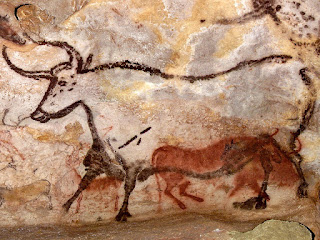Exhibitors
are prepping after travelling miles.
After
finding the area where they will be stalled,
Parents and children start unpacking,
what they've hauled.
As
the cattle get comfortable, and snuggle up in a row,
A
cute little peewee walks by with her hair in a bow.
When
all of a sudden the announcement comes through
"Bring
your entries to office, we need them. Thank you"
Away
to the show office they flew in a flash,
With
papers in hand, as well as their cash.
Exhibitors organized their show numbers with
care,
As
in the morning, there is little time to prepare.
The
morning came quickly, a bright sunny day.
The
cattle are groomed as they munched on their hay.
For
some its time to get dressed in their best,
While
others stay back and continue rest
From
shirts to belts, everyone has their own style,
But
mom's always say the best thing is a smile.
The
announcer comes on, into his mic he's blowing,
"The
judge has arrived, come on let's get showing"
They
were judged by more than a glance while in hand,
And
only a champion would advance to be grand
He's
first, she's second, they're third. Who was placed?
Class
winners were announced but all showed with such grace.
Although
we can't all be winners at the end of the day
Practice
and commitment in the end is what pays
Despite
the longs days there is no other place,
For
it's not the banners or ribbons we chase.
It's
not for the fame or the awards we think of,
Cattle
shows are really about the people and animals we love.







